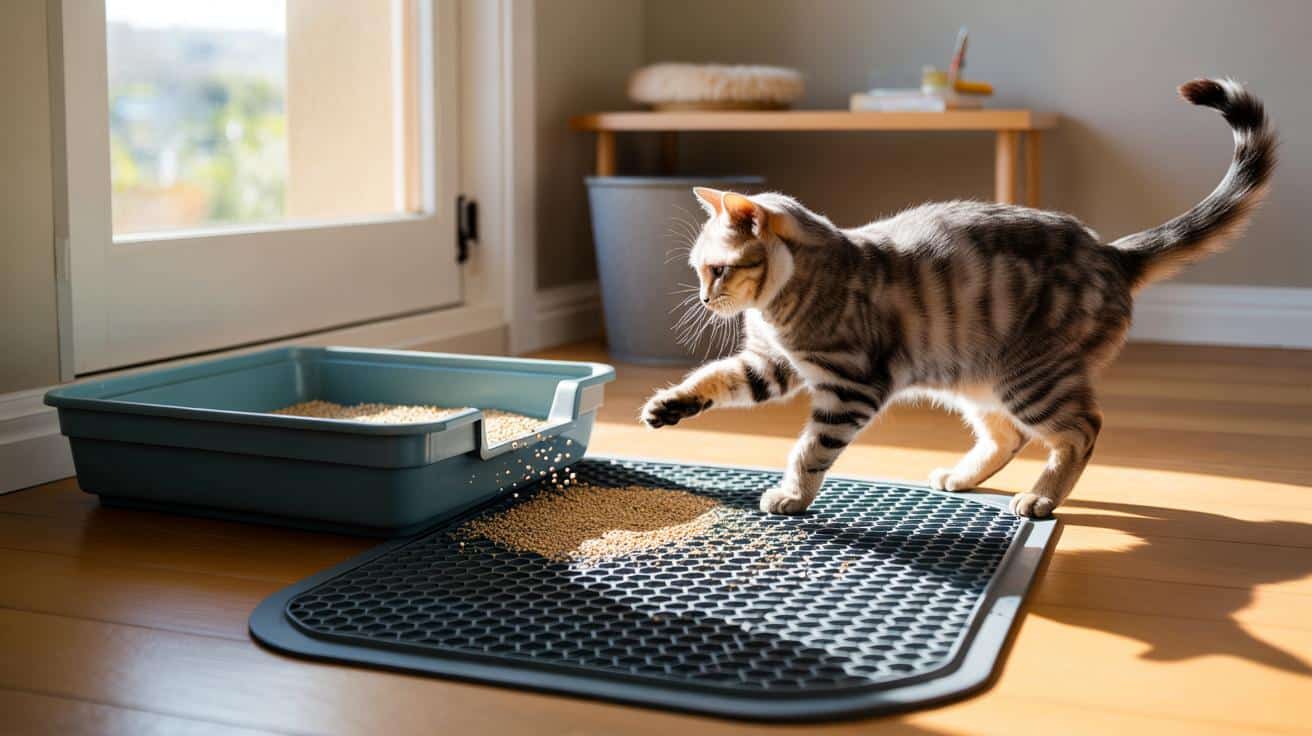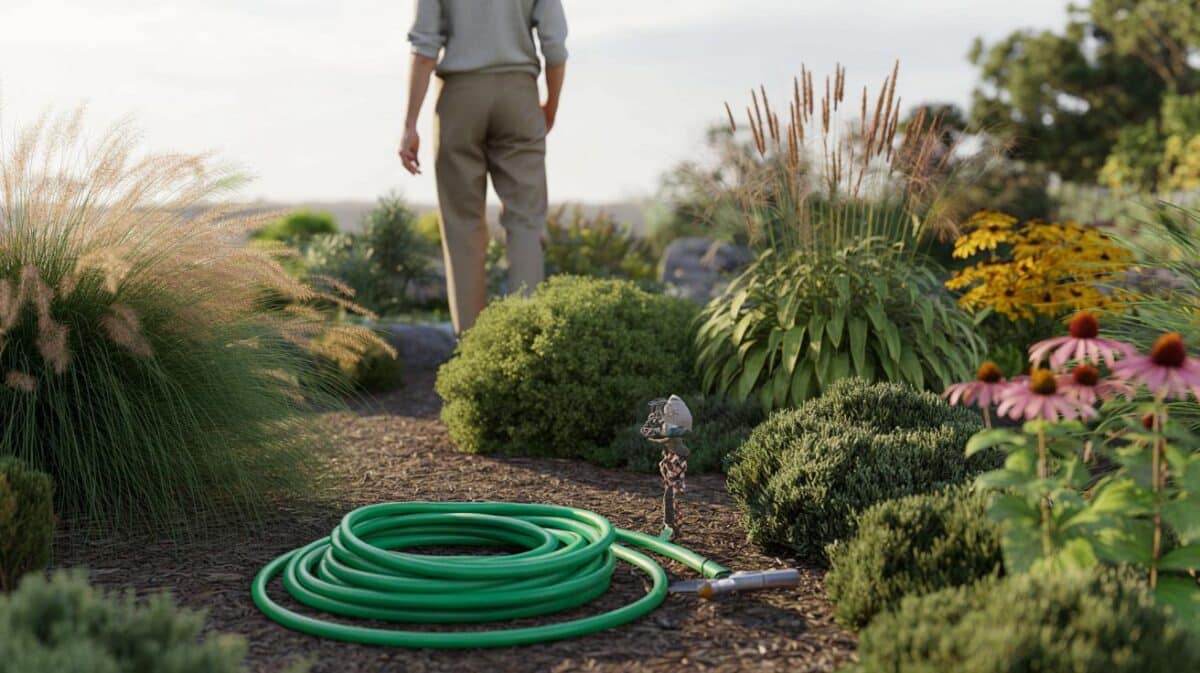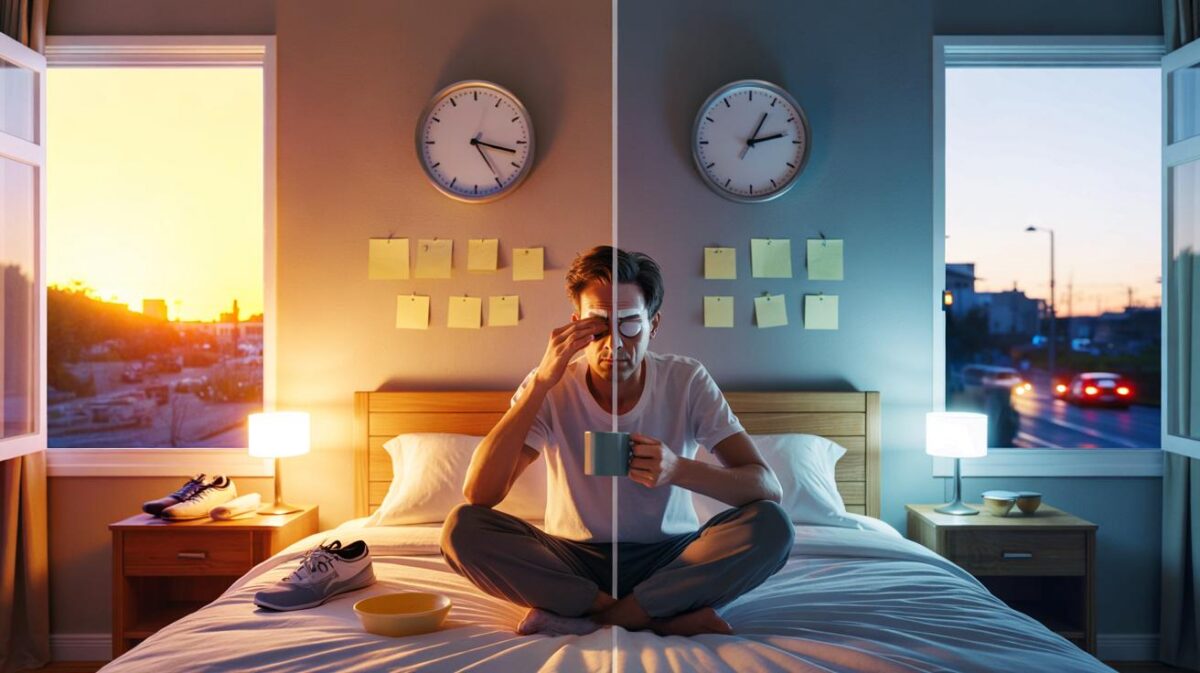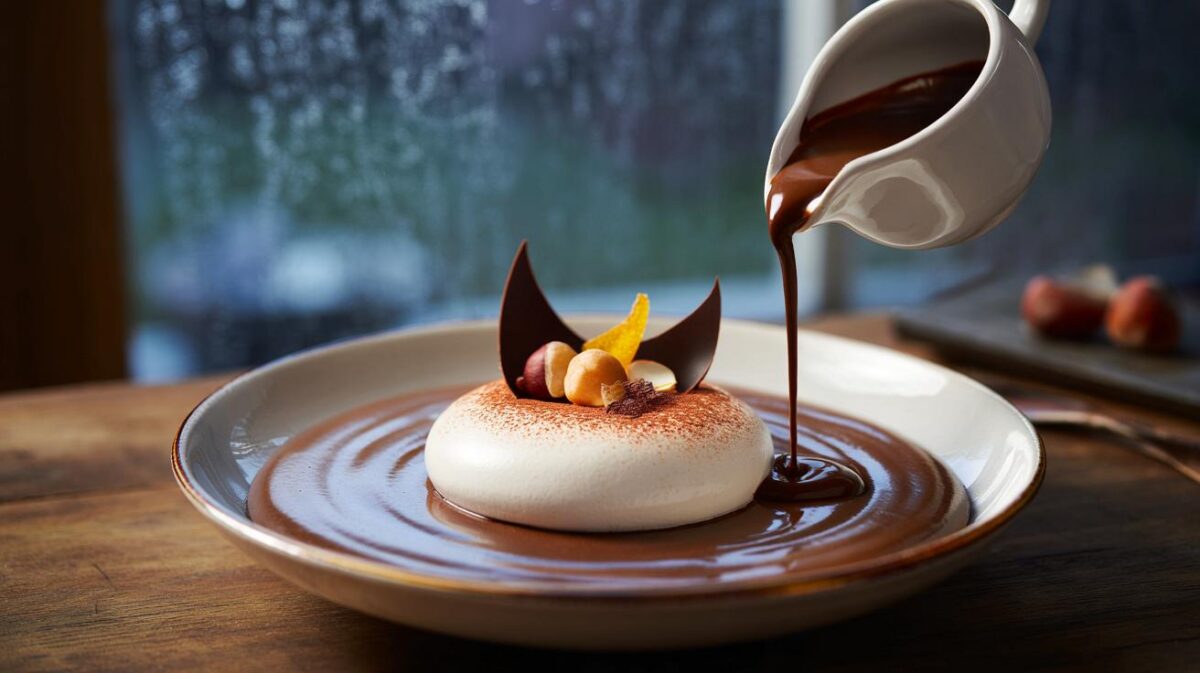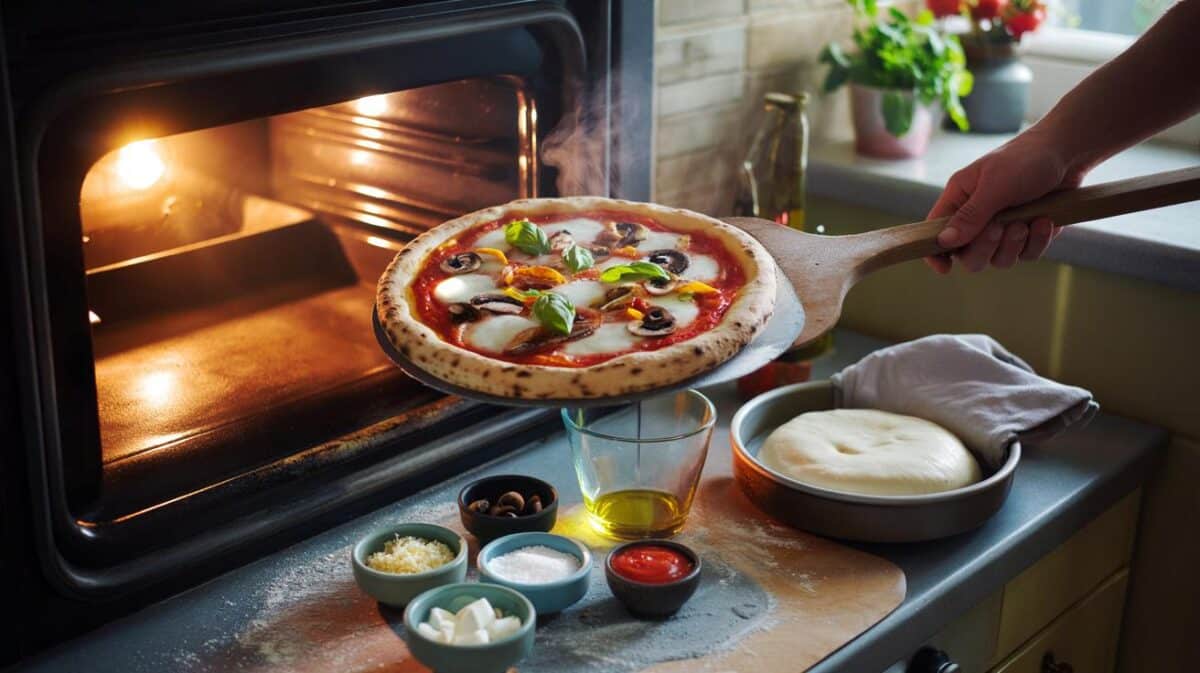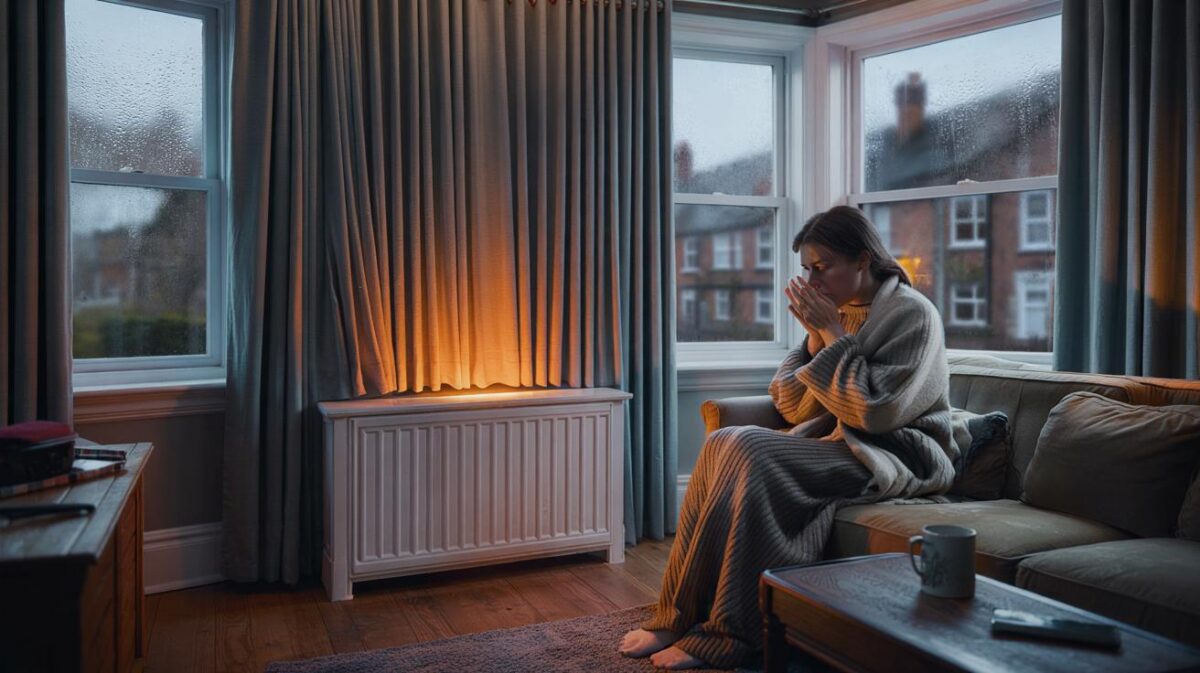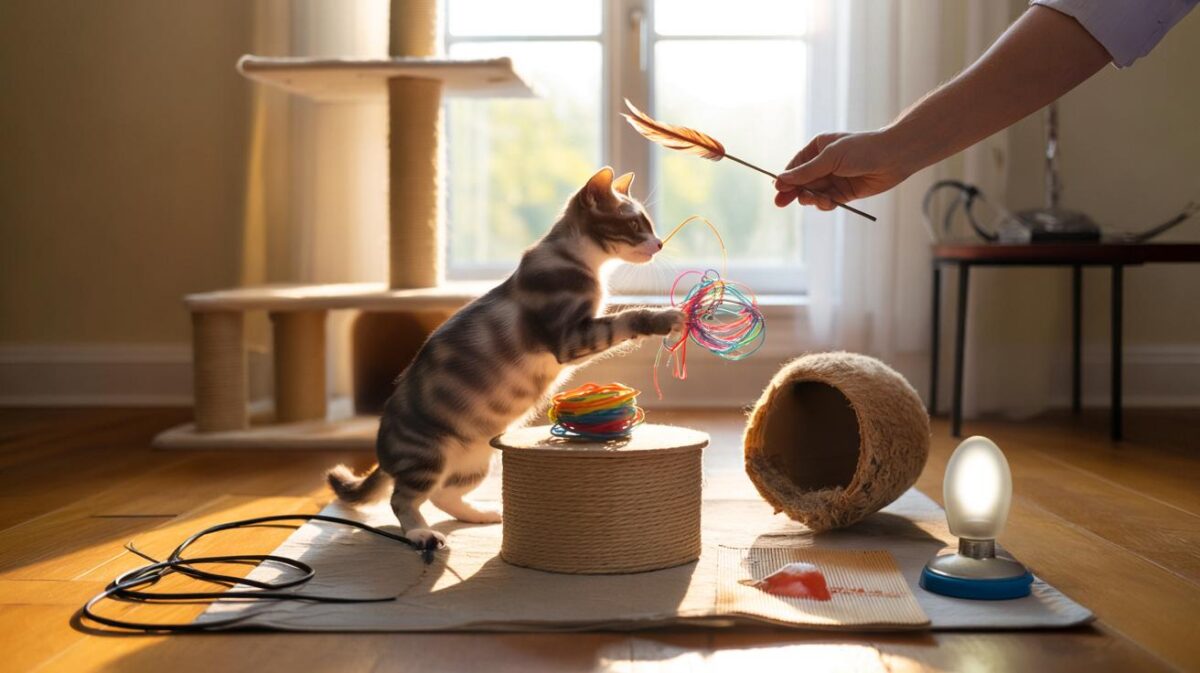If you wince at the crunch in your socks, you are not alone. Across the UK, owners report losing 20–30 minutes a week to swept-up granules. The mess follows a familiar pattern. The solution can be equally routine, cheap and fast to put in place.
Why litter travels beyond the tray
Cats dig to bury scent. That instinct sends clumps flying beyond low-rim trays. Fine grains cling to damp paw pads and leg fur. A quick leap after scratching launches debris well past the mat you never laid down.
Tray design plays a part. Short sides spill easily. Top-entry lids reduce scatter but not tracking stuck to paws. Lightweight litters carry further across hard floors. Shaggy rugs act like velcro. The first 60–90 centimetres around the tray decide how far the problem spreads.
Stop the grains within arm’s reach of the tray and you cut the clean-up by most of the week’s work.
The 5-minute fix: place an absorbent, honeycomb mat at the exit
A purpose-made litter mat sits where the first paws land. Double-layer designs trap granules on top and funnel strays into a lower pocket. Soft fibres wipe pads without annoying sensitive cats. The result is simple: most of the debris stays put, not under your heel.
What to buy
- Size: choose a mat at least 60 × 40 cm for standard trays, 90 × 60 cm for jumpy cats.
- Surface: honeycomb or deep grooves catch more without snagging claws.
- Material: EVA foam or PVC loops for easy shake-out; microfibre for extra wipe power.
- Underside: non-slip base keeps the mat steady during post-toilet sprints.
- Cleaning: hinged, two-layer mats empty like a book; machine-washable models save time.
- Budget: expect £12–£18 for basic EVA, £20–£35 for large, double-layer builds.
| Mat type | Typical price (£) | Pros | Best for |
|---|---|---|---|
| EVA honeycomb, double layer | 20–35 | High capture, easy emptying, soft on paws | Most indoor cats, clay or silica litters |
| PVC loop (“noodle”) | 12–25 | Durable, grips fine grains, quick shake clean | Busy hallways, hard floors |
| Microfibre cloth mat | 10–20 | Absorbs wet paws, gentle texture | Kittens, post-surgery cats |
| Raised-edge tray-mat combo | 25–40 | Contains scatter and spills | Deep diggers, multi-cat homes |
Set it up today
- Place the long edge of the mat flush with the exit side your cat uses most.
- Slide 5–10 cm under the tray lip if possible to stop gaps.
- Sweep grains from corners towards the mat, not the bin, for two days to teach the new landing zone.
- Empty daily: pick up, fold, tip back into the tray, then shake over a bin.
- Wash weekly with warm water and mild soap; air dry fully before replacing.
Five minutes to set up, one minute a day to maintain, and most households report around 90% less tracking.
Smarter litter and tray choices that cut tracking
Mat placement works best alongside tweaks to your set-up. Small changes compound, especially in winter when windows stay shut and dust lingers.
Litter that stays put
- Clumping clay: easy scooping, but fine grains track more; pair with a large mat.
- Silica crystals: lighter tracking, good odour control; some cats dislike the crunch underfoot.
- Compressed wood pellets: low tracking, biodegradable; needs a sifting tray for best results.
- Corn or wheat blends: moderate tracking; check for fragrances if your cat is scent-sensitive.
Depth matters. Keep 5–7 cm of litter. Too shallow and cats dig harder. Too deep and they kick more over the rim.
Tray design that reduces scatter
- High-sided trays contain lateral kicks; pick sides at least 20 cm tall.
- Top-entry boxes block most flings; some cats need time to accept the jump.
- Size counts: tray length should match your cat from nose to base of tail, plus space to turn.
- Entry orientation: face the opening away from a hallway to curb sprints straight into carpets.
Scoop twice daily and keep the area dry; clean surroundings reduce frantic digging and stay-on-paw clumps.
Hygiene, health and the hidden costs of tracking
Granules grind into vinyl, scratch soft wood and clog rug fibres. The extra hoovering adds electricity and time. A well-placed mat trims those costs and keeps fine dust from spreading across living spaces.
For people with allergies or pregnancy in the home, tight control helps. Seal used clumps in a lined bin. Wash hands after handling the tray. Rinse mats outdoors when possible to keep dust out of kitchens and bedrooms.
Protect paws as well. Sharp clays can abrade toe-webbing in older cats. Check pads weekly. If you see redness, switch to a softer substrate and choose a microfibre-topped mat.
What results to expect and how to track them
Give the new set-up seven days. Note how often you vacuum near the tray now versus last week. Count visible granules beyond two metres from the tray at the end of each day. Owners typically see a drop from dozens to a handful after the first weekend.
If results stall, widen the mat by 20 cm, rotate the tray so the exit points onto the longest edge, and test a litter with larger granules. In multi-cat homes, the ratio matters: one tray per cat, plus one spare. Crowding raises digging intensity and scatter.
Quick wins you can add this week
- Stick felt pads under the tray to stop micro-shifts that spill piles at the rim.
- Place a second, smaller mat inside a covered box if your cat tolerates it.
- Use a handheld vacuum with a soft brush for corners; sweeping pushes dust airborne.
- Keep a dedicated dustpan by the tray to prevent kitchen cross-contamination.
Budget planning makes the case clear. A £25 double-layer mat that lasts two years costs roughly 24p a week. Saving 20 minutes of chores weekly equals over 17 hours across a year. That is a weekend reclaimed, without changing your cat’s routine.
For renters and small flats, noise and odour control sit high on the list. Pair the mat with a lidded, charcoal-lined waste bin, and choose a low-dust litter. A door draft stopper near the tray room keeps grains from rolling down corridors and muffles sound during late-night visits.
If your cat resists any change, move step by step. Lay the new mat beside the tray for two days. Reward calm approaches with a play session. Slide the mat under the front edge once curiosity replaces caution. Most cats accept the texture within a week when the surface feels soft and the area smells familiar.
